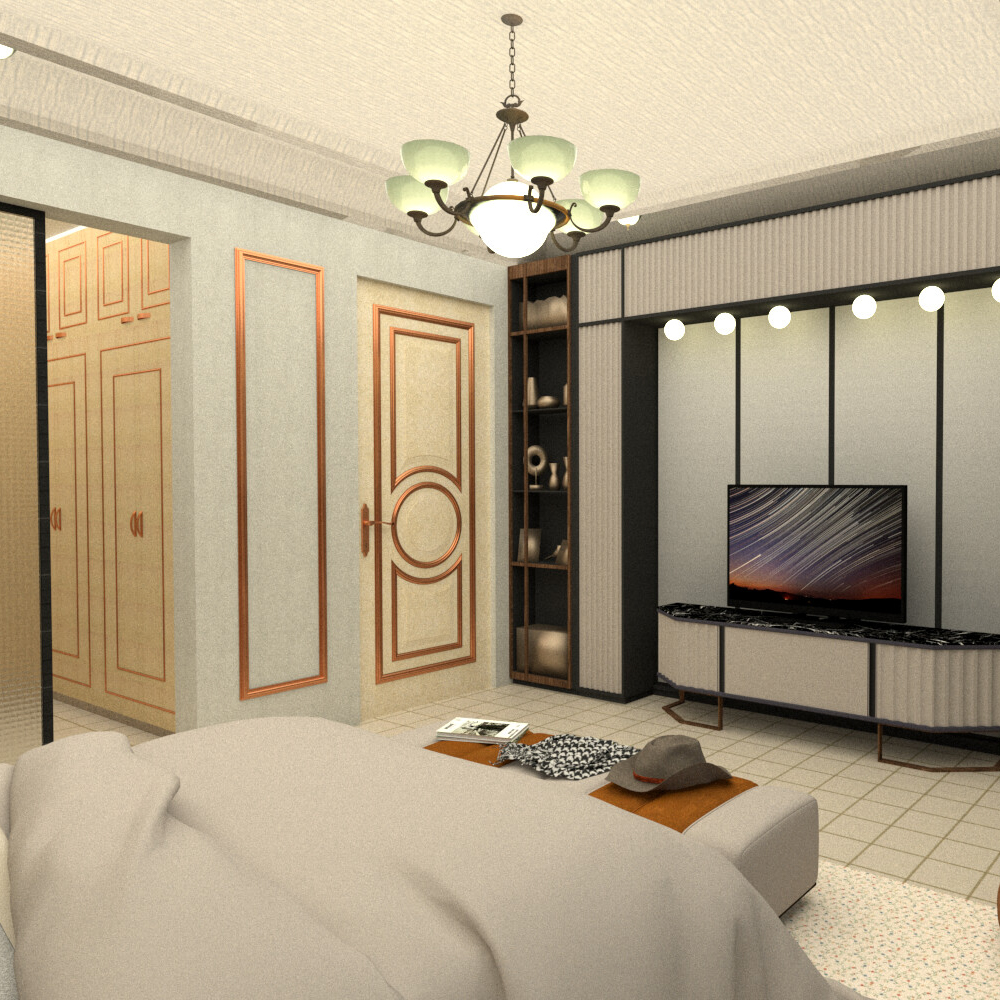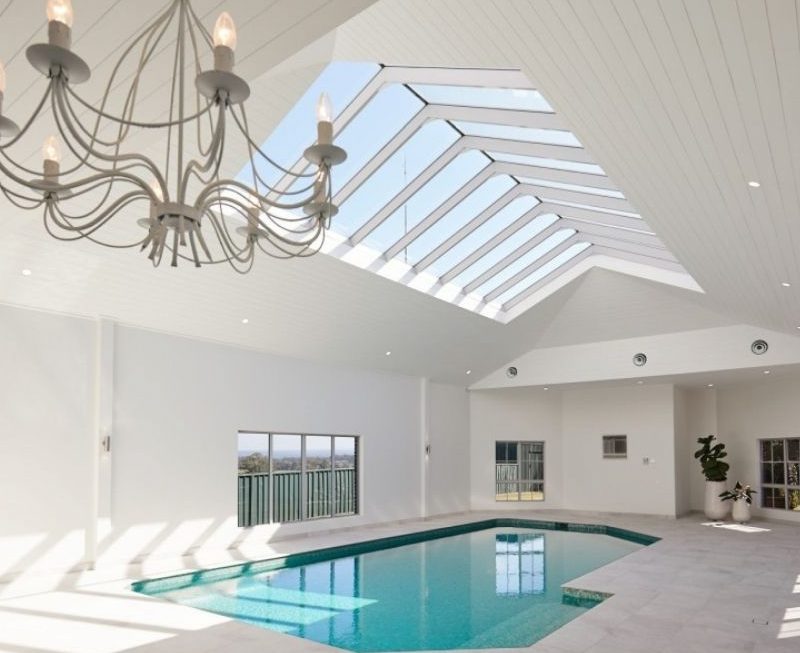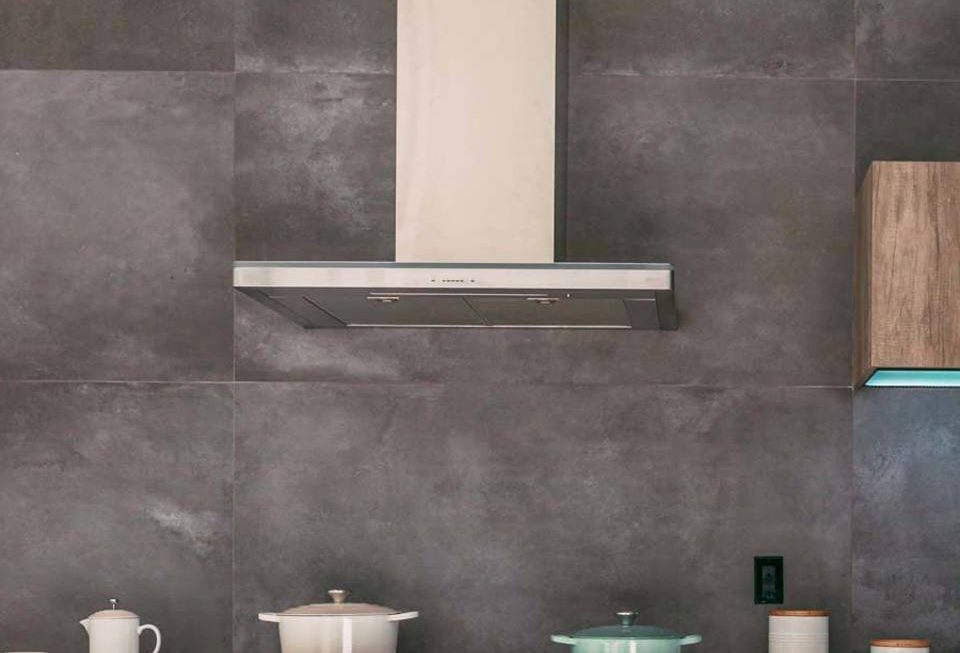Introduction
In our modern world, screens have become an integral part of our daily lives. Whether it’s a computer screen, a television, a tablet or a smartphone, we spend a lot of time looking at screens. This has led to concerns about the negative effects of screen light, specifically blue light, on our health and wellbeing. However, there are also many positive aspects of screen light that are often overlooked. In this article, we’ll explore both the potential negative effects and the benefits of screen light.
Understanding Screen Light
Screen light is made up of different wavelengths of light, including blue light, which has a shorter wavelength and higher energy than other colors on the visible light spectrum. This characteristic makes it particularly stimulating to our brains, and therefore, blue light is often blamed for negative health effects such as disrupted sleep, eye strain, headaches, and even a higher risk of certain types of cancer.
Negative Effects of Screen Light
There is evidence that exposure to blue light, especially in the evening and at night, can disrupt our circadian rhythm, the natural sleep-wake cycle that regulates many bodily functions. This can lead to difficulty falling asleep, poor quality sleep, and even daytime drowsiness, as well as long-term health effects such as obesity, diabetes, and cardiovascular disease.
Another negative effect of screen light is eye strain, which can cause discomfort, blurred vision, and headaches. This is particularly true for people who spend long periods of time looking at screens, such as office workers or students, who may be especially prone to developing computer vision syndrome.
Benefits of Screen Light
While many people focus on the negative effects of screen light, there are also many potential benefits. For example, exposure to bright light in the morning has been shown to improve alertness, mood, and cognitive performance, while also regulating our circadian rhythm.
In addition, screens can be used to deliver light-based therapies, such as light therapy for seasonal affective disorder or acne treatment using blue or red light. The light emitted by screens can also be used to treat sleep disorders, as it can help regulate the circadian rhythm and improve sleep quality.
Minimizing Negative Effects of Screen Light
While there are many benefits of screen light, it’s important to minimize the negative effects. Here are some tips:
– Use blue light filters or screen protectors to reduce the amount of blue light emitted by your screens, especially in the evening or at night.
– Take frequent breaks to rest your eyes and avoid eye strain. For example, follow the 20-20-20 rule: every 20 minutes, look away from your screen at something 20 feet away for 20 seconds.
– Avoid using screens for several hours before bedtime, as this can disrupt your circadian rhythm and make it more difficult to fall asleep.
– Use ambient lighting to help reduce the contrast between your screen and the surrounding environment, which can also reduce eye strain.




